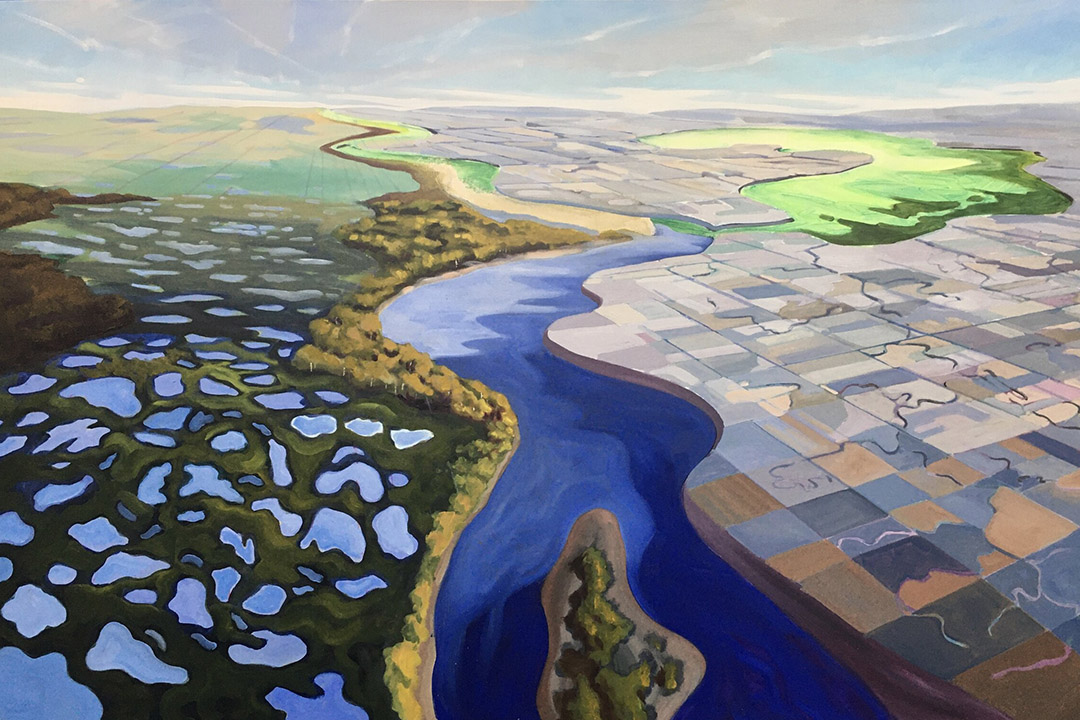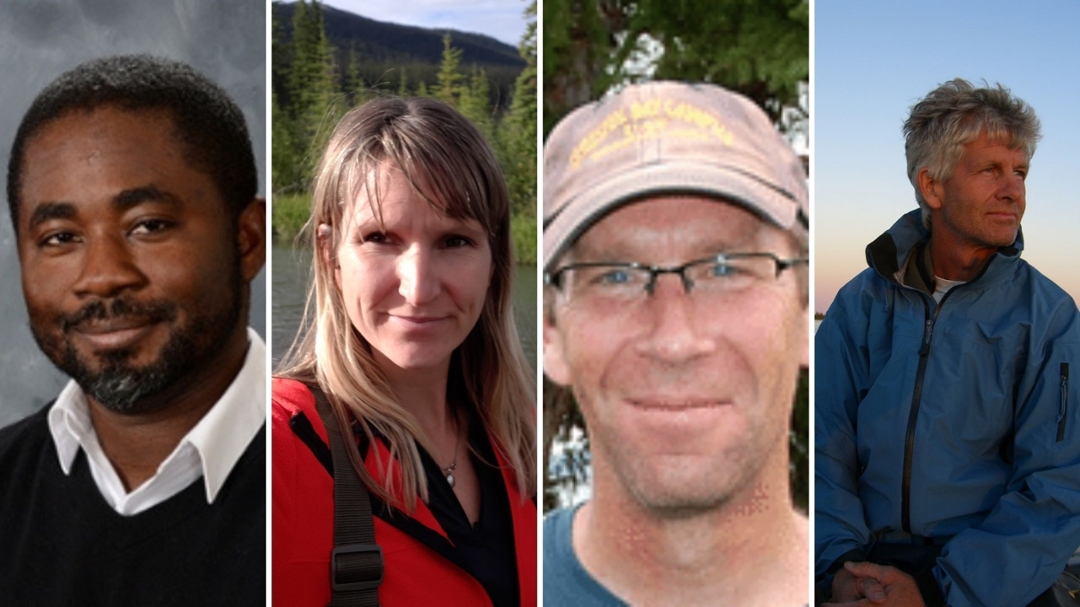
The dollars and ‘sense’ behind wetland conservation: USask research
A team of University of Saskatchewan (USask) researchers has built a tool designed to estimate a value for wetland services to help farmers, land planners and policy makers understand the benefits of wetland conservation in agriculture.

As viable farmland becomes more important for sustainable food production, there are many pressures faced by farmers to convert wetlands into usable farmland, thus decreasing the overall wetland area. It has been estimated that inland freshwater wetlands have decreased by 70 per cent since the beginning of the 20th century.
Although at first glance wetlands seem to be wasted space across an agricultural landscape, wetlands provide ‘services’ to people and the surrounding landscape, including acting as environmental filters, storing nutrients and water, and providing habitats for other species to live in.
"Calculating wetland ecosystem services or measures of importance is almost as difficult as quantifying the importance of fresh air,” said Dr. Chrystal Mantyka-Pringle (PhD), a conservation planning biologist and adjunct professor at the USask School of Environment and Sustainability. “You don’t realize how important they are until they are gone.”
In a new publication in the journal Wetlands Ecology and Management, the USask research team analyzed a myriad of global factors to help them determine what contributes or influences the value of a wetlands, and translated these findings into monetary values to help represent the relative “worth” of each area to society and agricultural operations.
The team collaborated with Environment and Climate Change Canada and the Wildlife Conservation Society Canada on the project.
The study found more densely populated areas increased the value of the wetland as there are a greater number of people benefiting from the ecosystem services contributed by wetlands. Other factors that influenced wetland value included income levels and the level of agricultural productivity in the area.
Taking all these factors into account, the article and tool led by Dr. Eric Asare (PhD) from the USask College of Agriculture and Bioresources generates approximate dollar values and ranges of values representing wetland areas that reflect the level of regulating services (for example, water and nutrient filtration, climate control and flood control) and provisioning services (pollination, ability to produce food, building and crafting materials) wetlands provide.
“Specific data that reflect wetland values are hard to obtain and measure if you don’t have the resources or expertise to collect it yourself and hence a tool such as this one can be useful to farmers, managers and policy makers,” the researchers stated in the publication.
In populated prairie areas closer to cities with lower density of wetlands, wetlands can have values averaging $6,500 per hectare (ha) per year for their combined services, whereas wetlands in areas of lower population density, but with higher wetland area, are valued at about half this amount. These estimated values for ecosystem services can be substantially greater than the net returns of cultivating canola or spring wheat, which range from $85/ha up to $500/ha depending on the location.
With climate change and tumultuous weather conditions affecting agricultural production, conserving wetlands and understanding their benefits are vitally important for those who make land use decisions.
“If nature hurts, we hurt as humans, and we need to build back resiliency in agricultural and other systems by restoring wetlands and nature.”
Other USask researchers involved in the project include USask College of Agriculture and Bioresources professor Dr. Ken Belcher (PhD) and USask Global Institute for Water Security (GIWS) research scientist Dr. Bob Clark (PhD).
The research was supported by the GIWS, Environment and Climate Change Canada, and the Prairie Water grant program.
Link to the full publication: https://link.springer.com/article/10.1007/s11273-022-09857-5
Link to the tool: https://wetlandsatriskofdrainage.shinyapps.io/ESSValuationTool/

